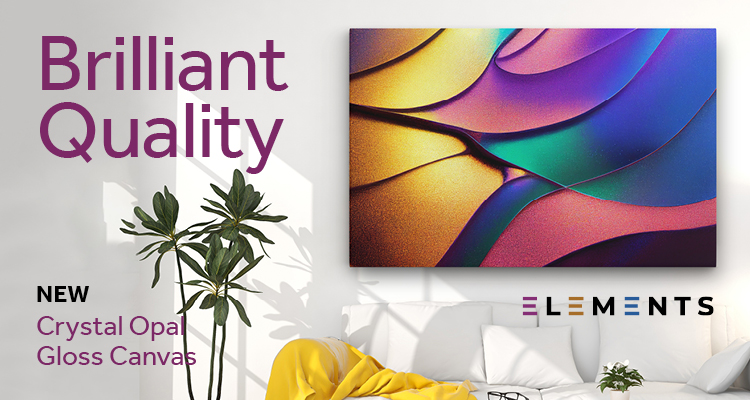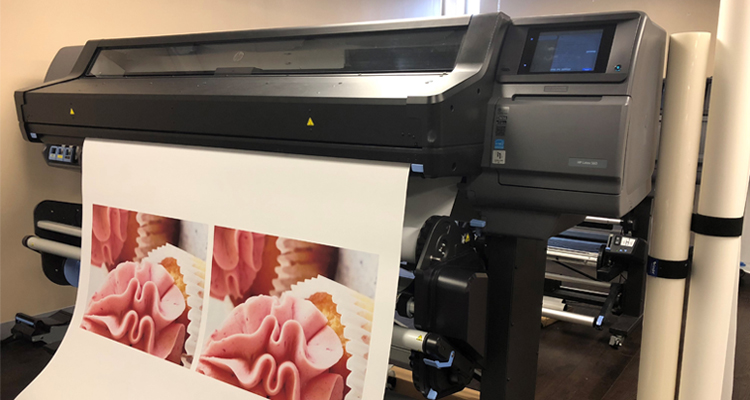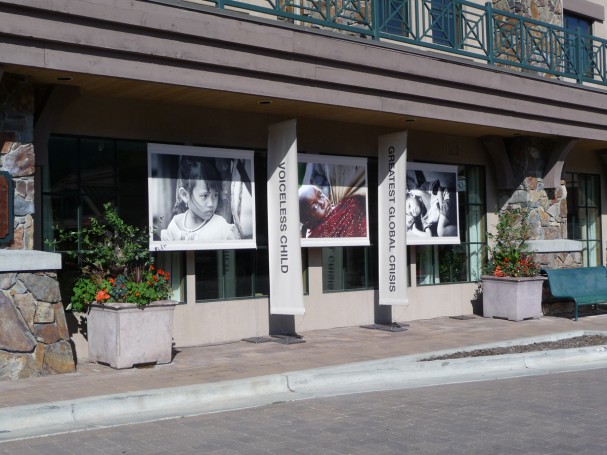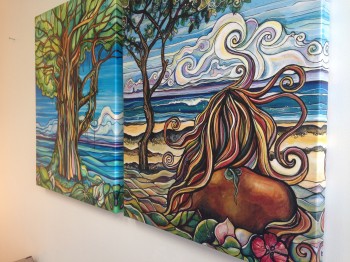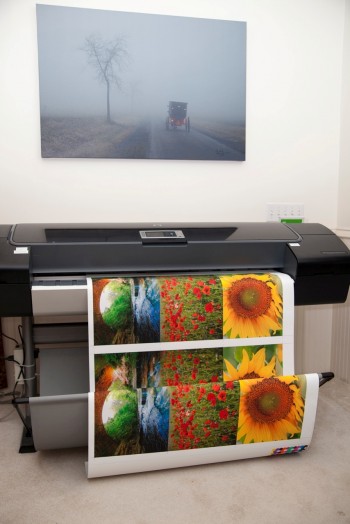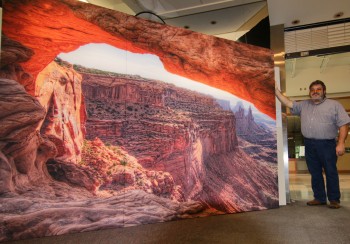The Elements Portfolio offers a stellar selection of quality canvases to create high-end works of art to high-volume production prints.
Making its grand debut in the Gemstone Collection is the NEW Elements Crystal Opal Gloss Canvas! This high-quality polycotton gloss canvas has been specially crafted to provide stunning glossy prints and is an ideal choice for fine-art reproductions, gallery wraps, and other similar applications.
This canvas is specifically designed for print environments where liquid lamination or spray coatings are not supported, but a glossy finish is desired. It provides a glossy finish at a lower cost, time, and hassle compared to traditional liquid laminates.
Crystal Opal offers a bright white finish on a 2-over-1 weave, which makes it both durable and soft to the touch. The polycotton blend also ensures that the canvas has excellent color reproduction and sharpness, which is critical for producing high-quality prints.
Each unique canvas in this collection offers the high quality and durability you expect from the Elements Portfolio. With its excellent color reproduction, durability, softness, and compatibility with aqueous printers, Crystal Opal is an excellent choice for photographers, artists, and print shops that require high-quality prints and is available now for purchase.
To learn more, please contact a LexJet Customer Specialist at 800-453-9538 or visit lexjet.com.

